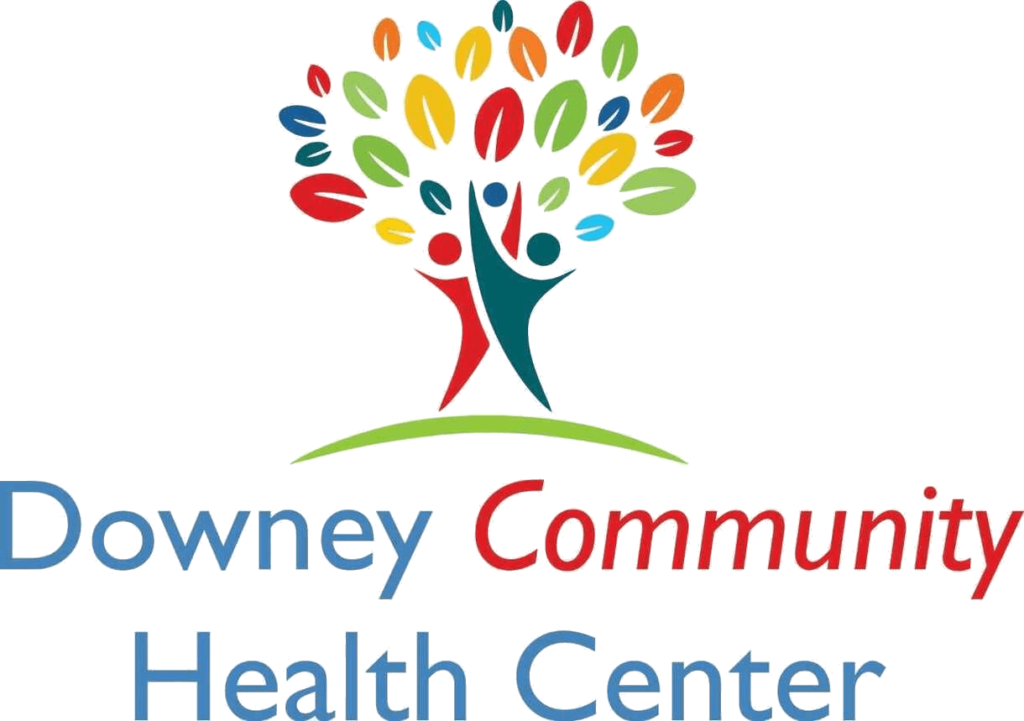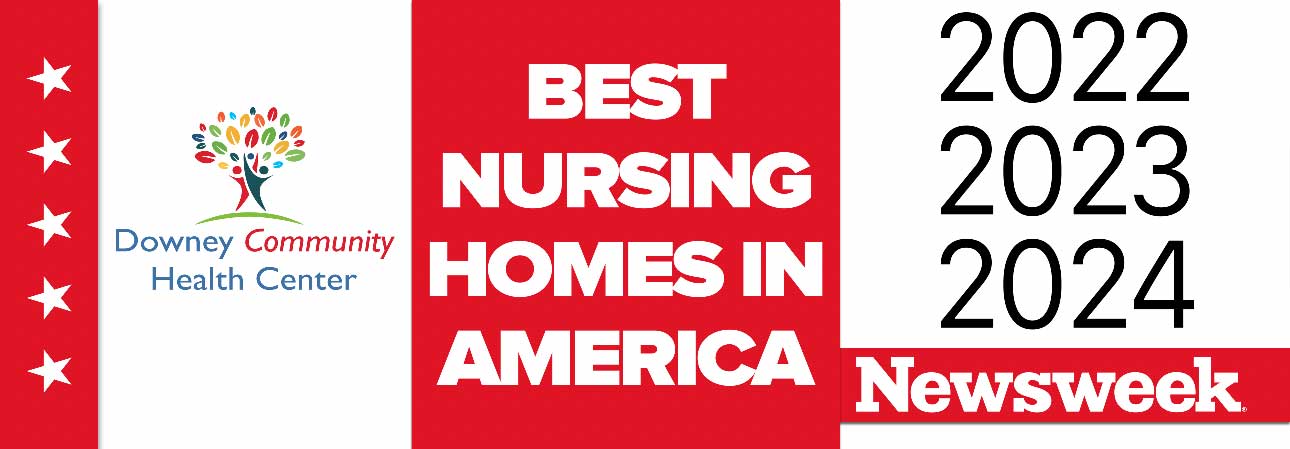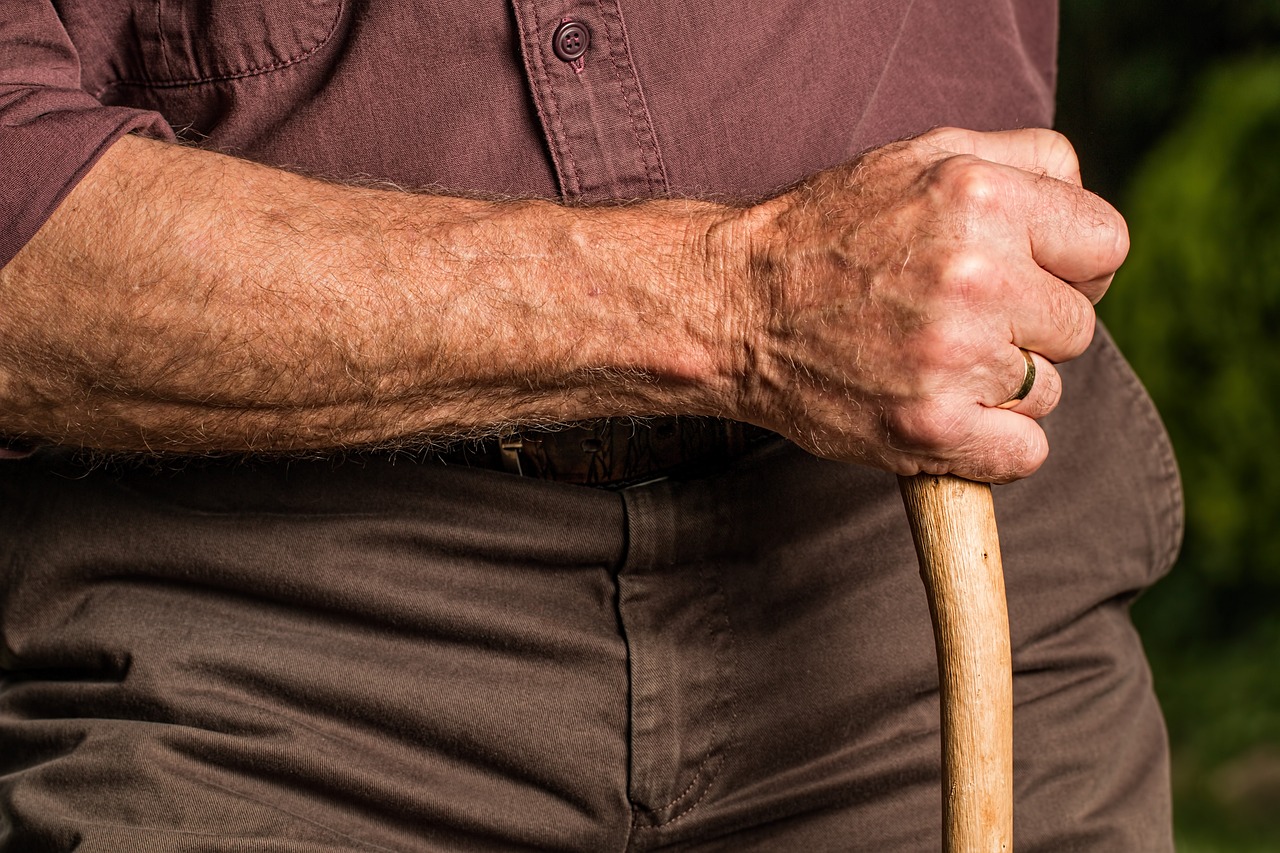A stroke can be an emotionally devastating event for you and your loved one. It’s life-changing and can be very overwhelming. But with stroke rehabilitation therapy, there is hope.
With stroke rehabilitation, they can regain some control of their lives and improve their quality of life.
In this blog post, we’ll be discussing stroke rehabilitation therapy and the top seven benefits of stroke rehabilitation therapy.
What Is Stroke Rehabilitation Therapy?
Stroke rehabilitation therapy, or post-stroke care, is a type of physical therapy that helps stroke survivors regain independence and improve their quality of life. It is now offered by many hospitals, rehabilitation centers, and the best skilled nursing facilities.
The main goals of post-stroke care are to:
- Help the person regain as much independence and functional ability as possible
- Improve the person’s quality of life
- Help the person and their family adjust to life post-stroke
There are many different types of stroke rehabilitation therapies, but some common ones include:
- Physical therapy: This helps the person regain strength, coordination, and balance.
- Occupational therapy: This helps the person learn how to perform activities of daily living, such as dressing, bathing, and eating.
- Speech therapy: This helps the person regain communication skills.
- Cognitive rehabilitation: This helps the person with thinking, memory, and problem-solving skills.
7 Benefits of Stroke Rehabilitation Therapy
There are many benefits of stroke rehabilitation therapy, but here are the seven most common ones:
Improved Mobility
A stroke can have mild to severe effects on a person’s mobility resulting in unilateral or even bilateral paralysis or weakness. This can be shown by rigid or floppy muscles, spasticity, or flaccidity.
Overall, stroke rehabilitation therapy can help to improve the person’s mobility by:
- Reducing weakness
- Improving range of motion
- Improving coordination
- Improving balance
- Improving walking ability
- Reduced Fatigue
Fatigue is a common symptom after a stroke. It can be caused by the stroke itself, the medications used to treat the stroke or the person’s emotional state.
Stroke rehabilitation therapy can help to reduce fatigue by:
- Improving the person’s overall fitness level
- Teaching the person energy conservation techniques
- Helping the person pacing activities
- Addressing any underlying emotional issues
Furthermore, post-stroke care helps patients adapt to their new level of disability by using assistive devices. Wheelchairs, canes, and walkers can help the stroke patient get around more easily.
Improved Communication
A stroke can have a significant impact on a person’s ability to communicate. The stroke can damage the parts of the brain responsible for speech and language, which also innervates specific muscle groups controlling the mouth, tongue, and vocal cords.
A large part of post-stroke care is speech therapy which can help to improve communication by:
- Improving the person’s understanding of spoken and written language
- Improving the person’s ability to express themselves verbally and in writing
- Teaching the person alternative communication methods, such as sign language or picture boards
In addition, stroke rehabilitation therapy can help the person’s family and caregivers to communicate more effectively with the stroke survivor.
Improved Swallowing
Difficulty swallowing, also known as dysphagia, is a common problem after a stroke. It can lead to malnutrition and dehydration if not treated properly.
Stroke rehabilitation therapy can help improve swallowing by:
- Improving the person’s range of motion
- Improving the person’s coordination
- Teaching the person exercises to improve swallowing
Using devices to help with eating and drinking, such as straws, cups with lids, and special utensils.
Improved Cognition
A stroke can cause problems with thinking, memory, and problem-solving skills. This is known as cognitive impairment.
Cognitive rehabilitation is a type of post-stroke care that can help to improve cognition by:
- Improving the person’s attention span
- Improving the person’s ability to process information
- Improving the person’s short-term memory
- Improving the person’s executive functioning skills, such as planning and organization
In addition, stroke rehabilitation therapy can help the person to develop coping and compensatory strategies to deal with any cognitive impairment. For example, the person may use a daily planner to help with organization skills and keeping track of appointments.
Improved Emotional Well-Being
A stroke can be a very emotional experience, not just for the person who had the stroke but also for their family and caregivers. It is common for stroke survivors to experience anxiety, depression, and irritability.
Through counseling and cognitive behavior therapy (CBT), post-stroke care can help the person to deal with their emotions by:
- Helping the person to understand their emotions
- Providing support and encouragement
- Teaching the person coping and problem-solving skills
- Addressing any underlying issues, such as unresolved grief or trauma
- Improving the person’s overall sense of well-being
Also, creating support groups for stroke survivors and their caregivers can help to improve emotional well-being by providing social support and a sense of community.
Stroke Rehabilitation Therapy Can Transform Your Loved One’s Life
A stroke can be a devastating event, but stroke rehabilitation therapy can help to improve your quality of life. Through stroke rehabilitation therapy, you can regain some or all of the function that was lost due to the stroke. Also, post-stroke care can help you to adapt to any new limitations and improve your emotional well-being.
If you or a loved one has had a stroke, don’t hesitate to reach out to us for help. We at Downey Community Health Center offer post-stroke care and other services to help your loved one recover from a stroke.
Contact Us Today To Learn More







